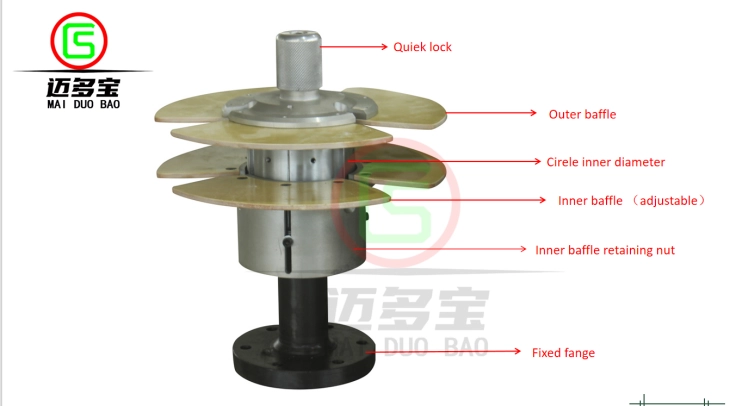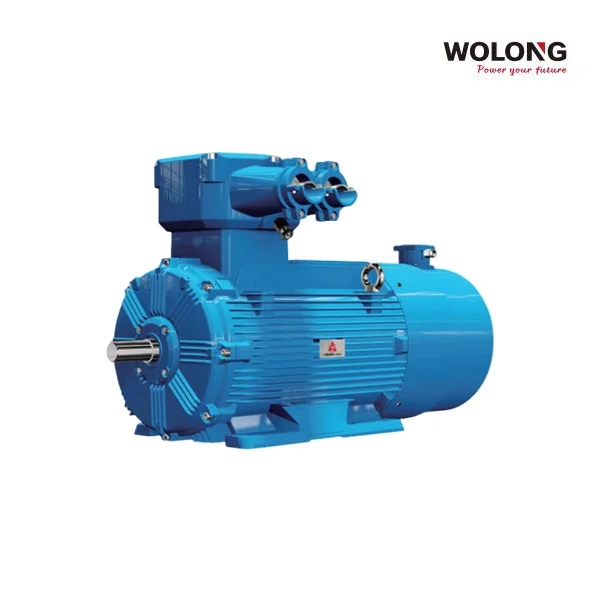In the realm of cleaning, certain products stand out due to their versatility, effectiveness, and widespread use. Understanding the most common cleaning products helps consumers and businesses make informed choices about maintaining cleanliness and hygiene. This blog delves into the most common cleaning product used today, exploring its types, applications, and the reasons behind its widespread adoption.
- The Most Common Cleaning Product: All-Purpose Cleaner
1.1. Overview
All-purpose cleaners are arguably the most commonly used cleaning products, both in residential and industrial settings. They are designed to clean a wide variety of surfaces, including countertops, floors, and appliances. The versatility of all-purpose cleaners makes them a staple in cleaning routines, offering convenience and efficiency.
1.2. Composition and Function
All-purpose cleaners typically contain a blend of cleaning agents and solvents that tackle various types of dirt and grime. The main components include:
- Surfactants: These are active agents that lower the surface tension of water, allowing it to spread and penetrate more effectively. Surfactants help to lift dirt and oils from surfaces.
- Solvents: These dissolve and remove greasy or oily residues. Common solvents in all-purpose cleaners include alcohol, glycol ethers, and citrus extracts.
- pH Adjusters: To enhance cleaning efficiency and protect surfaces, pH adjusters help maintain the product’s acidity or alkalinity.
- Applications and Uses
2.1. Residential Cleaning
In homes, all-purpose cleaners are used for a range of tasks:
- Kitchen Cleaning: They are effective in removing food stains, grease, and spills from countertops, stovetops, and appliances. Their ability to cut through grease makes them invaluable in kitchen maintenance.
- Bathroom Cleaning: All-purpose cleaners tackle soap scum, grime, and stains on sinks, tubs, and tiles. Their disinfectant properties help maintain hygiene in bathroom areas.
- General Surface Cleaning: These cleaners are suitable for dusting and wiping down various surfaces, including furniture and fixtures, providing an all-in-one solution for general cleaning needs.
2.2. Industrial and Commercial Use
In commercial settings, all-purpose cleaners play a crucial role:
- Office Environments: They are used to clean desks, conference rooms, and common areas, ensuring a clean and professional appearance.
- Retail Spaces: High-traffic areas in stores and malls benefit from the effectiveness of all-purpose cleaners in maintaining cleanliness and presentation.
- Healthcare Facilities: In hospitals and clinics, all-purpose cleaners with disinfecting properties help control the spread of infections and maintain sanitary conditions.
- Market Trends and Consumer Preferences
3.1. Eco-Friendly Formulations
With growing environmental awareness, there is an increasing demand for eco-friendly all-purpose cleaners. Key trends include:
- Biodegradable Ingredients: Consumers are seeking products with ingredients that break down naturally and do not contribute to environmental pollution.
- Reduced Packaging Waste: Brands are moving towards recyclable and refillable packaging to minimize waste and support sustainability efforts.
3.2. Specialized Variants
While traditional all-purpose cleaners remain popular, specialized variants are gaining traction:
- Antibacterial and Disinfecting Cleaners: These variants offer additional benefits by killing germs and bacteria, making them suitable for high-touch surfaces and areas requiring enhanced hygiene.
- Fragrance-Free Options: For individuals with sensitivities or allergies, fragrance-free all-purpose cleaners provide effective cleaning without added scents.
- Safety and Best Practices
4.1. Proper Usage
To maximize effectiveness and safety, follow these best practices:
- Read Labels: Always follow the manufacturer's instructions regarding dilution, application, and safety precautions.
- Ventilation: Ensure adequate ventilation when using cleaning products to avoid inhalation of fumes or vapors.
- Surface Compatibility: Test the cleaner on a small, inconspicuous area before using it on larger surfaces to ensure compatibility and avoid damage.
4.2. Storage and Disposal
Proper storage and disposal of cleaning products are essential:
- Storage: Keep cleaning products in a cool, dry place away from children and pets. Ensure that containers are tightly sealed to prevent spills and leaks.
- Disposal: Follow local regulations for disposing of cleaning products, particularly those containing hazardous ingredients. Many areas have designated disposal sites for such materials.
- Future Outlook
5.1. Innovations in Cleaning Technology
The future of all-purpose cleaners is likely to be shaped by technological advancements:
- Smart Cleaners: Innovations such as smart cleaning devices that integrate with home automation systems may offer enhanced convenience and efficiency.
- Advanced Formulations: Continued research and development may lead to new formulations with improved cleaning power, environmental benefits, and user safety.
5.2. Consumer Trends
Consumer preferences will drive future developments in cleaning products:
- Increased Demand for Sustainability: The push towards greener products and practices will likely influence the formulation and packaging of all-purpose cleaners.
- Customization: Personalized cleaning solutions tailored to specific needs and preferences may become more prevalent, offering greater flexibility and effectiveness.
Conclusion
All-purpose cleaners stand out as the most common cleaning product used globally, reflecting their versatility, effectiveness, and convenience. Understanding their composition, applications, and market trends provides valuable insights into their widespread adoption and future developments. By staying informed about innovations and best practices, consumers and businesses can make well-informed choices to maintain cleanliness and enhance their cleaning routines.






